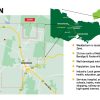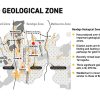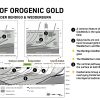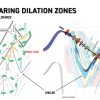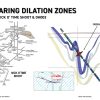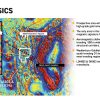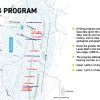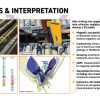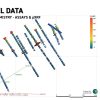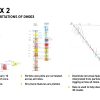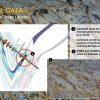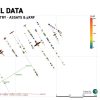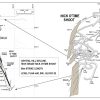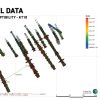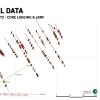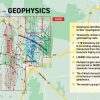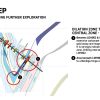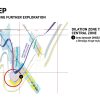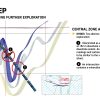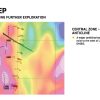Geological Data Interpretation
The exciting, successful process of interpreting all the geological data gathered to date has determined that many areas within our tenements warrant further exploration.
This process has required patience and a determination to gather much geological data and allow intense interpretation, which has taken time.
Contract geologists have used modern exploration techniques (sophisticated core logging, geophysics, and modern interpretation techniques). All contractors have experience in the Bendigo Geological zone and sophisticated expertise in their respective skill sets.
The exploration tenements at Wedderburn in Victoria (EL6203 & EL 8296) total 51 km2 and contain a large section of the historic Wedderburn Goldfield.
The 3,308 m, 1.75 km of strike length, 16-hole, proof-of-concept diamond drilling campaign, completed in September of 2022, has been preliminary interpreted. The results indicate that many areas within the exploration tenements warrant further exploration.
As the company gathers further geological information, it anticipates its interpretations of underground geology within the exploration tenements will be enhanced.

Summary
Wedderburn has the potential for world-class orogenic gold deposits.
Team / Resources
- Directors have experience in exploration and mining in the Bendigo Zone.
- All geological contractors have worked within the Bendigo Zone and have sophisticated expertise in their respective skill sets.
Modern-Day Knowledge and Exploration
- 33 km strike-length of gold-bearing reefs.
- Geophysics has established fault-fault and fault–hinged zone intersections, which are ground-proofed by drilling.
- Interpretations of diamond core anticipate the presence of discreet dilation zones:
- Hinge zone reverse faults produced the most gold in the Bendigo Zone.
- Vertical Tarnagulla-style gold shoots.
- The western and eastern corridors of the EL are underexplored.
- Many areas warrant further exploration.
Project Transformation
- Ingredients for world-class orogenic gold deposits are present.
- However, dilation zones are anticipated to be discreet.
- Exploration has identified many target areas that warrant further exploration.
- Only a few discreet dilation zones must host orogenic gold deposits for WGL to deliver a significant gold discovery.

